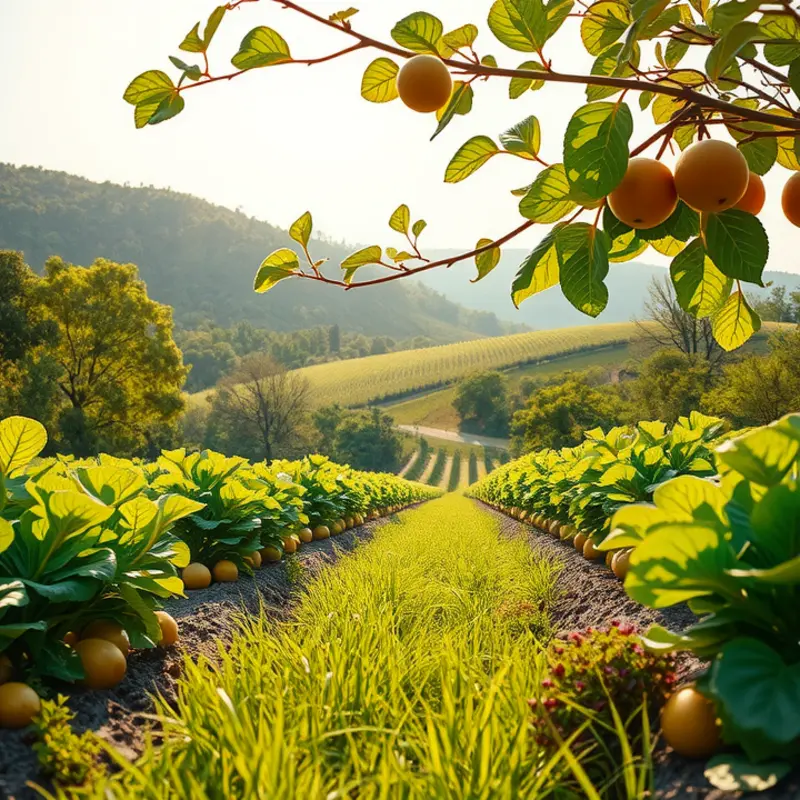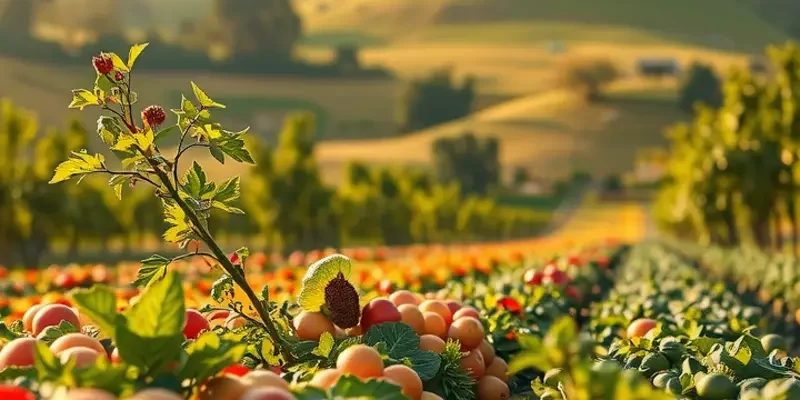Unlocking the true potential of your dishes starts with understanding how to keep flavors vibrant. Seasoning is the foundation of great cooking, allowing everything from a simple soup to a complex entrée to shine. With just a few techniques, even novice cooks can make their meals burst with fresh, lively flavors. Let’s explore practical ways to enhance seasoning, ensuring that every bite is a delightful celebration of taste.
The Foundations of Flavor: Understanding Ingredients

Harnessing vibrant flavors begins with selecting fresh, high-quality ingredients. These form the foundation of any compelling dish, ensuring that each component contributes a distinctive note to the culinary melody. Freshness amplifies vibrancy; vegetables picked at their peak ripeness boast a natural sweetness and depth that preserved alternatives often lack.
Fruits and vegetables are not just fillers in your recipes but play crucial roles in defining a dish’s identity. For instance, a ripe tomato can infuse a sauce with both acidity and umami, while a fresh cucumber adds crispness to a salad. Each ingredient brings its own texture, taste, and aroma, creating layers of complexity.
The integration of herbs and spices transforms a simple dish into an exceptional experience. The pungency of fresh basil, the earthiness of rosemary, or the subtle heat of freshly cracked black pepper can elevate even the humblest ingredients. Spices like turmeric and cumin can redefine the depth and warmth of a stew or curry. Understanding how these elements work harmoniously can be a game-changer for your cooking.
When selecting ingredients, prioritize those in season. Seasonal produce often means the freshest, most flavorful options. Farmers’ markets and local sources typically offer the freshest varieties, bursting with flavor and nutrition. For maximum flavor impact, avoid produce with blemishes or signs of decay and opt for those with vibrant colors and firm textures.
Proper storage is equally critical in maintaining the quality of your ingredients. For example, leafy greens should be stored in a cool, humid environment, ideally in a crisper drawer, to retain their crunch and flavor. Fruits such as apples and bananas should be kept at room temperature to ripen fully before refrigerating to extend their shelf life. You might find helpful tips on safer storage of sauces to optimize the freshness of your ingredients.
Spices and herbs require a different approach. Keep them in airtight containers in a dark, cool place to preserve their potency. Using whole spices and grinding them fresh can greatly enhance their flavor release during cooking. This preparation step, while seemingly minor, can significantly amplify the aromatic payoff.
Recognizing the synergies between different ingredients allows you to craft dishes with stunning flavor profiles. For example, pairing acidic elements like citrus with fatty ingredients can create a balanced taste, while using bitter greens can counteract the richness of meats. Mastering such combinations opens up endless possibilities for creativity in the kitchen.
Incorporating these principles into your cooking not only enhances the flavor of each dish but also respects the integrity of the ingredients themselves. Through mindful selection and storage, your culinary creations will remain vibrant, echoing the natural essence of their components.
Techniques to Enhance Flavors Throughout Cooking

Mastering the art of seasoning involves understanding how different cooking techniques impact flavor. One method that lays a strong foundation is marinating. Marinating not only infuses flavors but also tenderizes proteins. Aim for a balance of acid, such as vinegar or lemon juice, with oil and herbs to create a harmonious blend. Depending on the protein, marinating can range from 30 minutes to overnight. This technique allows the seasoning to permeate deeply, enhancing every bite.
Toasting spices is another technique that unlocks a deeper flavor potential. When spices are gently heated, their essential oils are released, providing a complexity that raw spices can’t achieve. Use a dry skillet over medium heat, stirring constantly to avoid burning. This simple step elevates spice blends, whether for a curry or a spice-rubbed meat.
Balancing acid and fat is crucial in maintaining vibrant flavors throughout a dish. A squeeze of lemon or a dash of vinegar at the end of cooking can brighten the overall taste, while a well-chosen oil can add richness. Keep tasting your dish as the flavors evolve, adjusting the acid and fat levels to achieve the desired balance.
Understanding when to add ingredients plays a key role in flavor development. For instance, adding seasonings early in the cooking process lets them meld with other ingredients, whereas incorporating them at the end can provide a punch of flavor. Developing flavors through layering involves adding ingredients at various stages of cooking to build complexity. Start by sautéing aromatics, like onions and garlic, before adding other elements. Each component will infuse its essence into the dish, leading to a more nuanced result.
Finally, garnishes provide a dual function by adding both visual appeal and a burst of freshness. Consider herbs like cilantro or parsley, which can impart bright, fresh notes. Crunchy elements like toasted nuts or seeds not only offer texture but also contribute another dimension of flavor. For creative garnish ideas, explore different textures and flavors to complement your meals aesthetically and appetizingly.
For further insights on optimizing your kitchen practices, check out this guide on eco-smart kitchen storage. Using eco-friendly approaches can help sustain the quality and flavor of your ingredients, enhancing their impact in your dishes.
Final words
Keeping flavors vibrant is about understanding your ingredients and employing effective techniques that enhance their natural qualities. Always start with fresh, high-quality ingredients; they are the backbone of any great dish. Use techniques such as marination, correct seasoning timing, and balancing flavors to refine your culinary creations. Whether you’re a beginner or an advanced cook, these tips will provide you with robust tools to make your dishes more vibrant and enjoyable. Embrace your kitchen adventures, and let every meal be a canvas of bold flavors that leaves lasting impressions.







